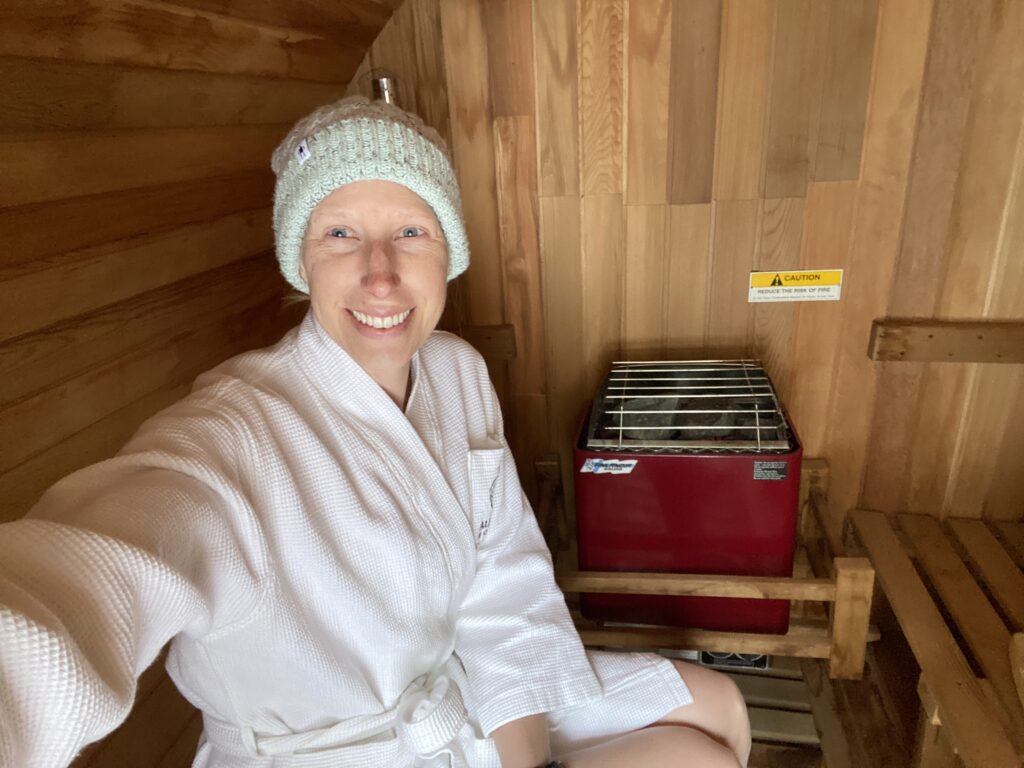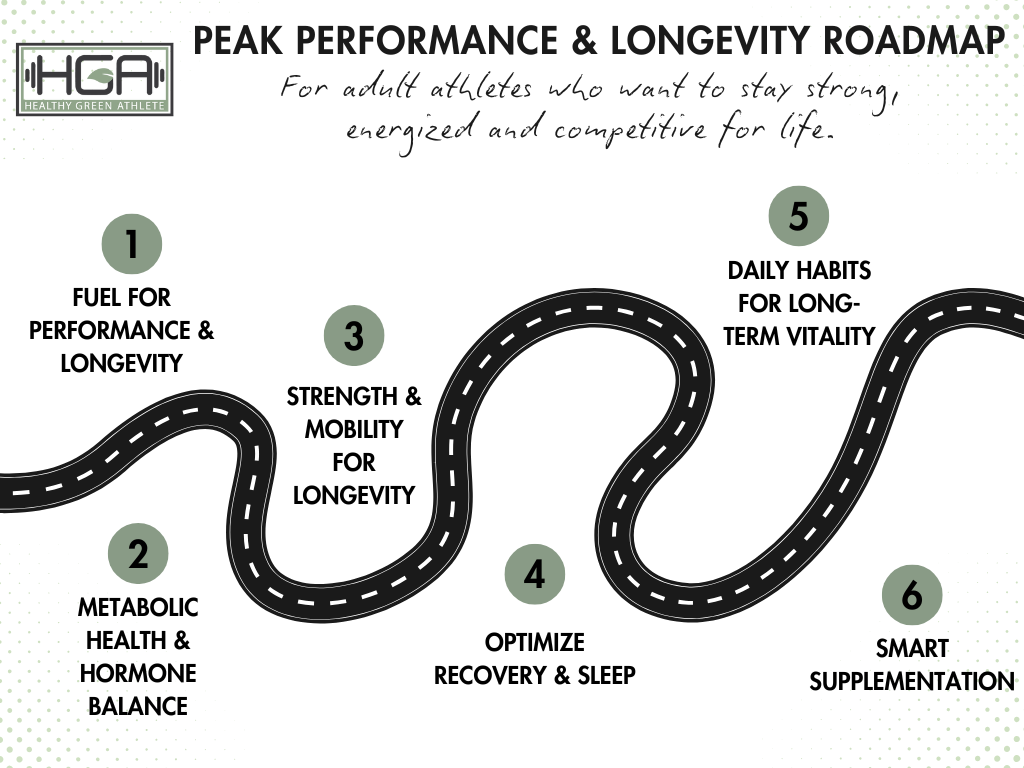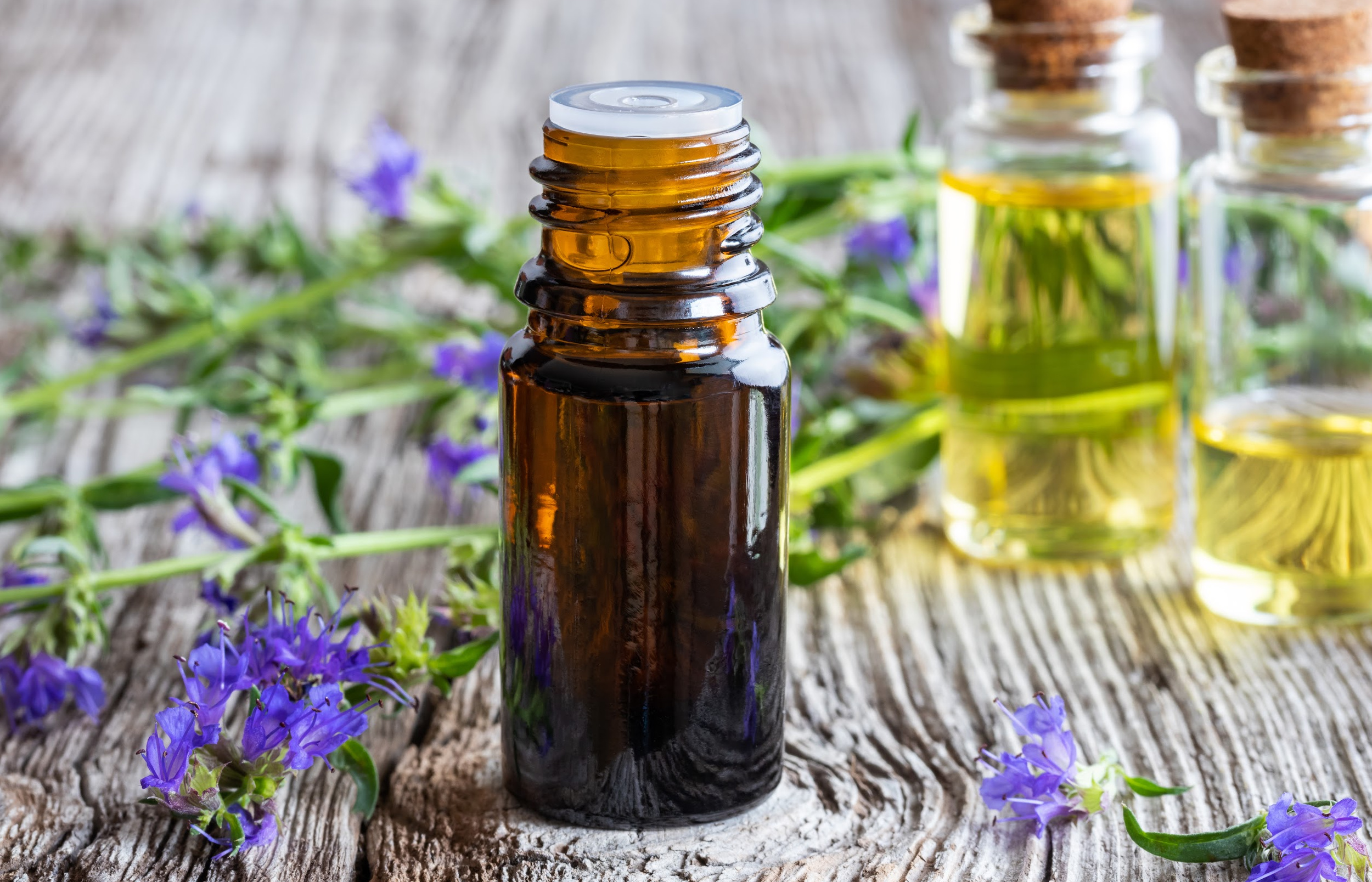As someone from an eastern European descent that spent the first 38 years of my life in the Northeast, I am not exactly heat tolerant. Up until a few months ago, I didn’t spend a lot of time in saunas because 1.) I didn’t have easy access to one, and 2.) 5 minutes was about all I could handle before I had to get out. Now that I’m in my 40s and having been through a cancer diagnosis, I’m taking my health much more seriously than before.
As a lifelong athlete and holistic health coach, I’m always seeking out ways to support recovery, longevity, and hormone balance—and let me tell you, the sauna has been checking a lot of those boxes.
I’ve dabbled in hot and cold therapy over the past few years and have been digging into the research on why they work (especially the contrast of going from hot to cold). A few months after my cancer treatments ended, my bestie and I went to this facility that offers a “water journey”. This spa-like experience is a series of steps that alternate your body from hot to cold and back again.
The order of the journey was: hot tub, cold plunge, eucalyptus steam sauna, cold plunge, dry sauna, cold plunge, Finnish sauna, cold plunge. We’d spend a few minutes at each station and then repeat the whole journey 2 more times. After 2 rounds, my body felt like mush. I’ve never felt more relaxed in my life and got one of the best night’s sleeps I’ve had in a long time that night.
As I continue to learn more about the benefits, I’ve started to incorporate hot and/or cold therapy into my weekly routine. A year ago I joined a new gym that has a sauna but didn’t actually set foot in it until a few months ago. Since then, I’ve been using it at least once a week and also going to hot yoga classes once a week and I am starting to notice real changes. Not just in how my body feels, but I can feel and see improvements in my mood, sleep, skin, my ability to recover and even my performance.
Let’s break down exactly what sauna therapy is and why I now consider it a core part of my wellness routine.
What Is Sauna Therapy, Exactly?
Sauna therapy, also known as hyperthermic conditioning, involves spending time in a heated environment—usually between 150°F and 195°F for traditional dry saunas or around 120°F–140°F for infrared saunas. The goal is to raise your core body temperature, stimulate circulation, and activate a host of physiological responses that promote healing and rejuvenation.
While saunas have been used for centuries in Finnish, Turkish, and Indigenous cultures, it’s only recently that science has started to catch up with tradition—and what it’s revealing is impressive.
Why I'm Falling in Love with the Benefits of Sauna Therapy
Like most of us in our 40s and beyond, I’m no stranger to sore muscles, hormonal shifts, or occasional sleep struggles. The good news? Sauna therapy offers support in all those areas—and more.
1. Muscle Recovery and Performance
One of the most immediate benefits I noticed was how sauna therapy sped up my recovery after tough workouts and after sand volleyball tournaments. When we exercise hard enough, we create micro-tears in our muscles. While that’s part of building strength, it also creates inflammation and soreness. Sauna heat increases blood flow to muscles, which brings in nutrients and removes waste products more efficiently.
In fact, a 2015 study published in SpringerPlus found that infrared sauna use post-exercise helped reduce muscle soreness and improved recovery in athletes (Scoon et al., 2007). Another study in the Journal of Science and Medicine in Sport reported that heat exposure can also increase endurance by improving plasma volume and thermoregulation—key for adult athletes who want to train smarter, not just harder.
2. Detoxification Support
One of the reasons I love sauna therapy and recommend sauna therapy to my clients is its role in supporting the body’s natural detoxification processes. This is especially beneficial for those dealing with hormonal imbalance, poor digestion, or a high toxic load. Through sweat, your body can release stored heavy metals, persistent organic pollutants (POPs), and other unwanted compounds.
A 2012 study published in ISRN Dermatology showed that sweating in a sauna can facilitate the excretion of cadmium, lead, and BPA—chemicals many of us are unknowingly exposed to daily (Genuis et al., 2012). While detox isn’t the only reason to sauna, it’s definitely one of my favorite fringe benefits.
3. Hormone and Longevity Boost
This one is especially exciting for women over 40. As we navigate the shifts that come with perimenopause and menopause, sauna therapy offers powerful support for hormonal balance. One reason is that it stimulates the release of human growth hormone (HGH), a key hormone for tissue repair, metabolism, and even skin elasticity.
Moreover, regular sauna use has been linked to longevity. A landmark study from the University of Eastern Finland followed over 2,000 middle-aged men for 20 years and found that those who used the sauna 4–7 times per week had a 40% lower risk of all-cause mortality compared to those who only went once per week (Laukkanen et al., 2015). While this was a male cohort, the implications are powerful for all of us.
4. Stress Relief and Better Sleep
After a sauna session, I feel like I’ve just had a massage and a meditation session rolled into one. My body feels loose and relaxed, and my mind is calm. This isn’t just anecdotal. Heat therapy increases parasympathetic nervous system activity—the branch of the nervous system responsible for “rest and digest” functions.
Because of this, sauna therapy can significantly improve sleep quality. A warm sauna in the evening raises body temperature, and as your body cools afterward, it signals your brain to prepare for rest. This mimics the natural drop in core temperature that occurs before sleep and can help people who struggle with insomnia or disrupted sleep cycles.
For those of us tracking sleep stats with wearables like Oura Ring or Garmin, it’s easy to see the results. I personally notice better heart rate variability (HRV), deeper sleep, and lower nighttime stress markers after evening sauna sessions.
The Science Behind the Sweat
The benefits of sauna therapy go far beyond anecdotal wellness trends. When you expose your body to high temperatures, several things happen physiologically:
- Heat shock proteins are activated, which help repair damaged proteins and protect cells from stress.
- Circulation increases, which delivers oxygen-rich blood to tissues and promotes faster healing.
- Endorphins and other feel-good chemicals like dopamine are released, improving mood and mental resilience.
- Insulin sensitivity improves, which supports better blood sugar control—especially helpful for aging athletes.
All of these effects combine to create a powerful tool for healthspan, not just lifespan. They can also have a positive impact on fitness age.
How I Use Sauna in My Routine
Right now, I aim for 3–5 sauna sessions per week, typically 20–30 minutes each. If I’ve had a hard training day, I’ll hop in post-workout to speed up recovery. On off-days, I love to use it for mental clarity, recovery, or before bed to support sleep.
And if I’m feeling rundown, I’ll bump up my sessions to help ward off illness or manage inflammation.
I rotate between an infrared sauna at home and a traditional dry sauna at my local gym. Infrared is great for deep tissue penetration and a gentler experience, while the dry sauna delivers that full-body sweat I’ve come to crave.
Hydration is key. I always drink electrolytes during my workout and sip on water while I’m in the sauna. Sometimes, I follow up my sauna session with a 2-minute cold shower to boost circulation even more. (If you’re curious about the science behind contrast therapy, that’s a whole other post I’ll be writing soon—stay tuned!)

Is Sauna Therapy Safe for Everyone?
While sauna therapy is safe for most people, it’s always a good idea to check with your doctor—especially if you have cardiovascular issues, are pregnant, or are taking certain medications. Always listen to your body, stay hydrated, and ease into it if you’re just starting out.
Start with shorter sessions (10–15 minutes) at a lower temperature and gradually work your way up. You’ll still experience many of the benefits of sauna therapy, even with short, consistent sessions.
Final Thoughts: Why Sauna Is My Non-Negotiable
If I could bottle up the feeling I get after a sauna session, I would. There’s something incredibly grounding and healing about this practice. Whether you’re looking to recover faster, sleep deeper, balance hormones, or simply unwind after a long day, sauna therapy offers so much more than just sweat.
And best of all—it’s not complicated. It doesn’t require willpower or skill or a new gadget. Just a quiet space, some heat, and a willingness to sit still for a little while.
If you’re intrigued, I encourage you to give it a try. Your body (and your mind) just might thank you.













